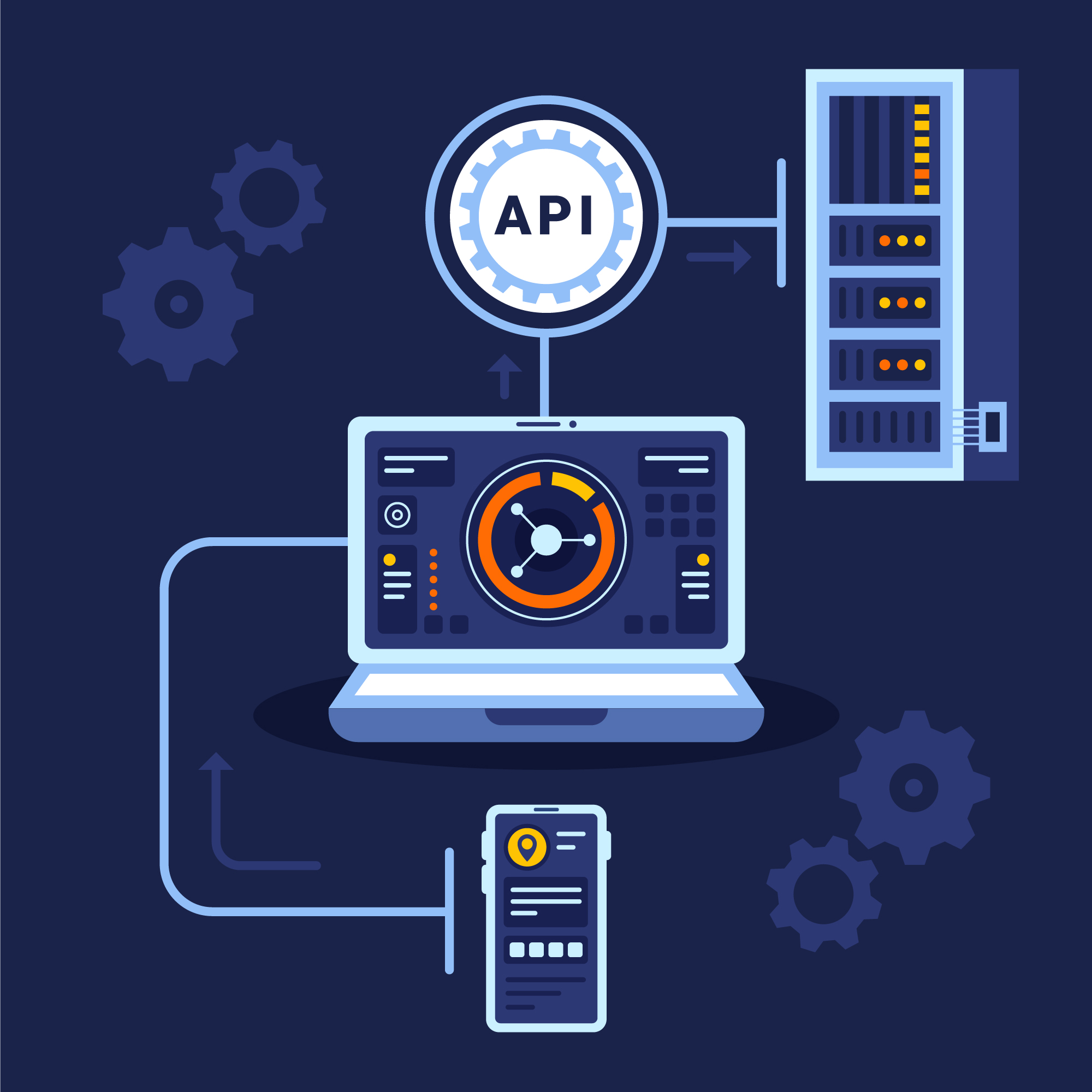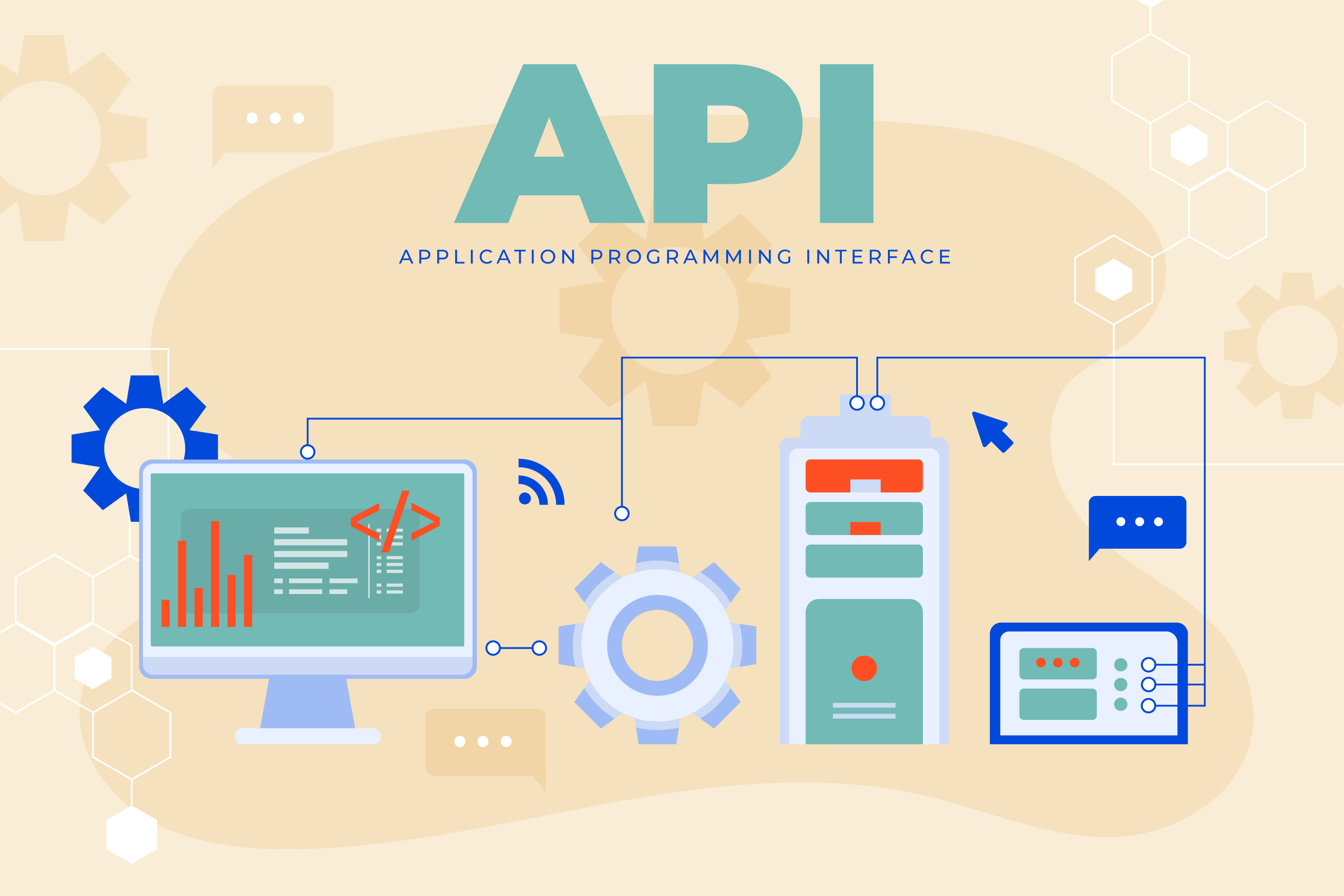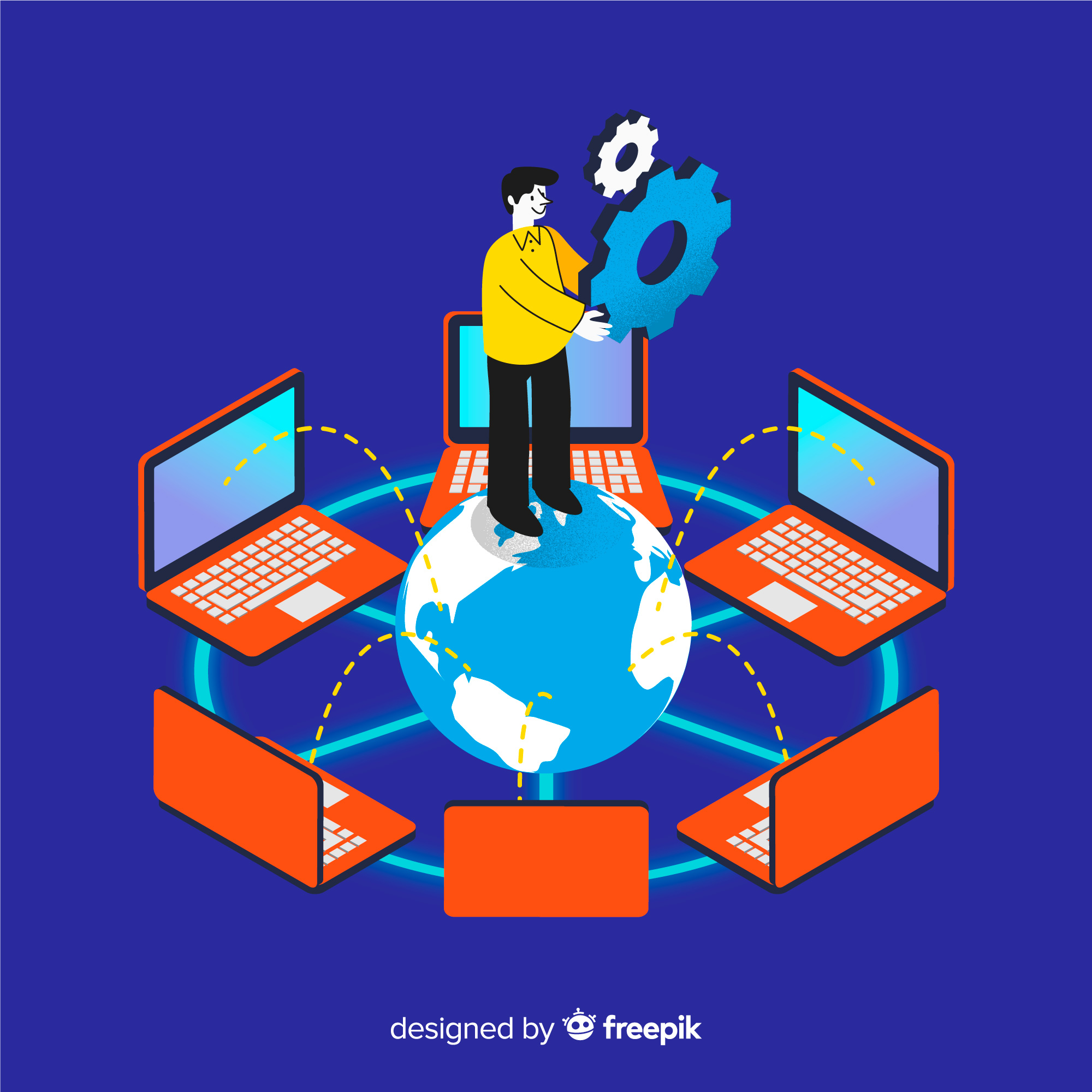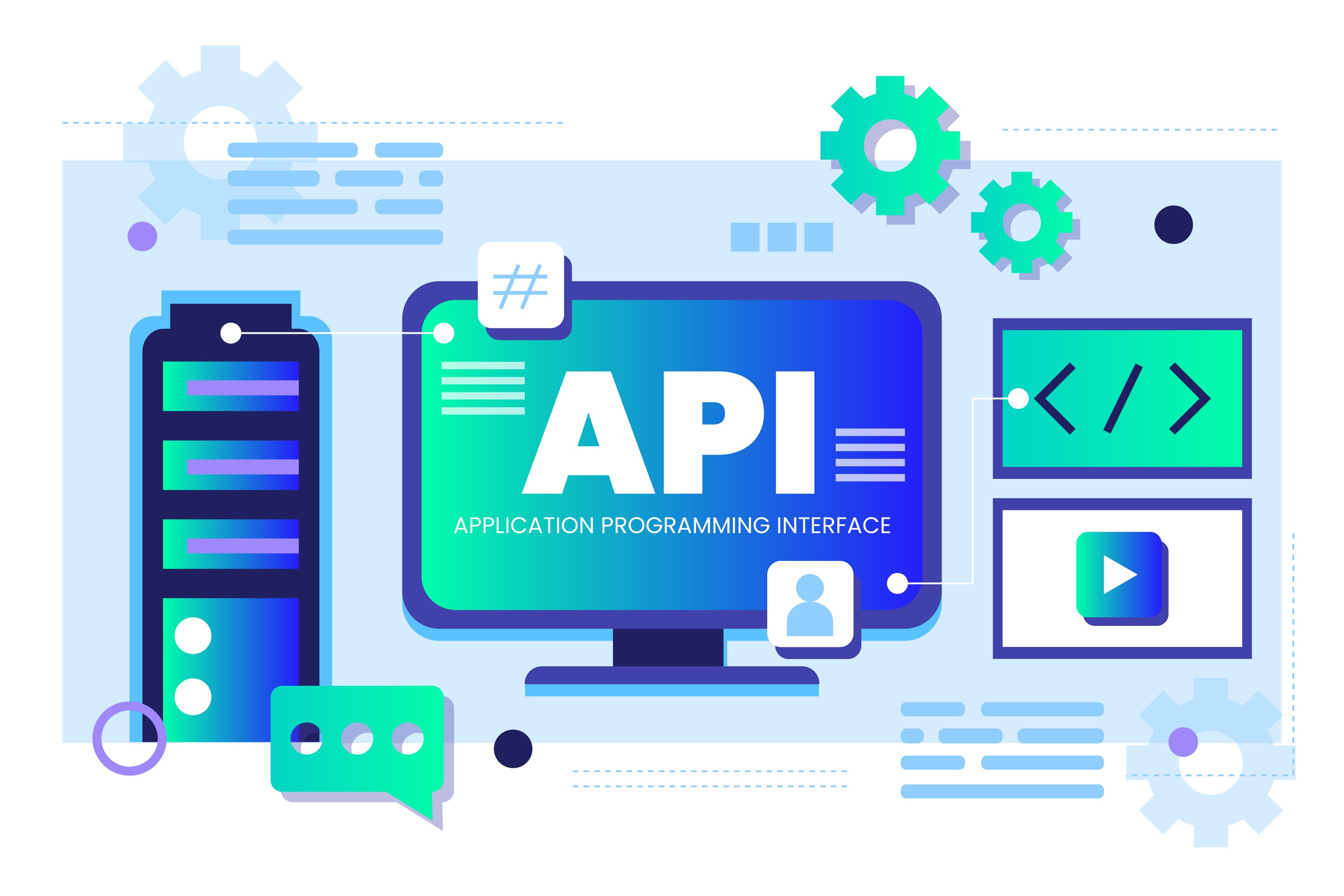
Yinka Oladipupo
Software Developer
Unveiling the Power of APIs: The Driving Force Behind Modern Software Development

In today's fast-paced digital world, applications and services are seamlessly
integrated, delivering exceptional user experiences and functionality. Behind this
seamless integration lies the fundamental backbone of modern software
development known as Application Programming Interfaces (APIs). In this blog
post, we will dive into the world of APIs, exploring their meaning, significance,
working mechanism, and their application in cloud computing.
API Meaning
API, short for Application Programming Interface, is a set of rules and protocols
that allow different software applications to communicate and interact with each
other. APIs define how various software components should interact, providing a
standard way for developers to access certain functionalities or data from a
software platform or service. Essentially, APIs act as intermediaries, facilitating
the exchange of data and requests between different software applications.
Who Uses APIs
APIs are widely used by developers, businesses, and organizations across different industries. They play a crucial role in enabling software integration, allowing developers to leverage the functionalities of external services or platforms without having to understand the intricate details of how those services are implemented. Major tech companies like Google, Facebook, Amazon, and Twitter extensively use APIs to share their services and data with third-party developers, fostering a rich ecosystem of interconnected applications.
Is an API for the Java Language?
Yes, APIs are not language-specific and can be used with any programming
language, including Java. Java provides its own set of APIs, known as Java APIs,
which consist of various libraries and classes that developers can use to build Java applications more efficiently. Additionally, Java developers can integrate with external APIs to access services like social media platforms, payment gateways, and cloud services, among others.
Why are APIs Important?
APIs play a pivotal role in driving innovation and enabling rapid development in
the software industry. Here are some key reasons why APIs are important:
- Seamless Integration: APIs enable different software applications to work
together seamlessly, fostering interoperability and enhancing user experiences. - Efficiency: By utilizing APIs, developers can leverage existing functionalities,
saving time and effort in reinventing the wheel. - Scalability: APIs allow businesses to scale their services by offering them to a
broader audience of developers and users. - Ecosystem Growth: APIs empower developers to build on top of existing
platforms, leading to the creation of diverse and innovative applications. - Collaboration: APIs facilitate collaboration between different teams and
organizations, encouraging partnerships and resource-sharing.
How do APIs work?
APIs work on the principles of request and response. When a software application
wants to access the functionalities or data of another application or service, it
sends a request through the API. The API, acting as a gatekeeper, processes the
request, performs necessary actions, and returns a response back to the
requesting application. The response could be data, a result of an operation, or
even an error message if something went wrong. APIs typically use well-defined
data formats like JSON or XML for data exchange and adhere to specific protocols
such as HTTP or RESTful for communication.
Examples of APIs
One of the most well-known examples of APIs is the Google Maps API.
Developers can integrate this API into their applications to access Google Maps
functionalities like geolocation, directions, and interactive maps. By leveraging the Google Maps API, developers can create location-based applications, such as ride-hailing services, delivery tracking apps, or travel planners, without having to
develop their mapping solutions from scratch.
Other examples of well-known APIs include Twitter API, Facebook Graph API, OpenWeatherMap API, GitHub API, NASA API, Stripe API, amongst others.
API in Cloud Computing
Cloud computing, with its on-demand delivery of computing resources and
services over the internet, relies heavily on APIs for its functioning. Cloud service
providers expose APIs to allow developers and businesses to manage and interact with their cloud infrastructure programmatically. For instance:
- Infrastructure as a Service (IaaS): APIs in IaaS platforms like Amazon Web
Services (AWS) or Microsoft Azure enable developers to create, manage, and
scale virtual machines, storage, and networking resources on the cloud. - Platform as a Service (PaaS): PaaS providers expose APIs that allow developers to deploy, manage, and scale applications without worrying about the underlying infrastructure.
- Software as a Service (SaaS): APIs in SaaS applications enable integration with
other services, enabling data exchange and enhancing functionality.
Conclusion
APIs have become the backbone of modern software development, fostering
integration, scalability, and innovation. Their ability to enable seamless
interactions between diverse applications and services has transformed the way
developers build and deliver software. With the rise of cloud computing, APIs
have become even more critical in powering the dynamic and interconnected
digital landscape we experience today.
As technology continues to evolve, APIs will continue to play an instrumental role
in shaping the future of software development, allowing developers and
businesses to harness the power of collaboration and interconnectedness for
building innovative applications and services.
2023 Tech Monstro. All Rights Reserved
- Privacy Policy
Terms of Use


